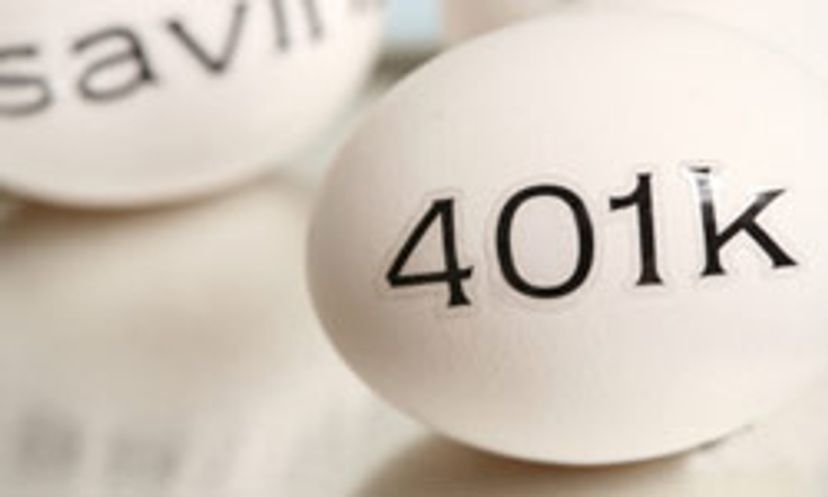
About This Quiz
401(k)plans are one of the most widely used retirement plans. How much do you know about managing yours? Take this quiz to find out.The money is sent to a third party administrator who invests it in things like mutual funds, bonds and money market accounts. Your typical 401(k) plan may offer 20 or more investment choices.
A penalty is attached if you choose to withdraw or cash out of your plan before a certain age.
If you withdraw your money before you are 59.5 years old, you'll have to pay a 10-percent penalty fine to the IRS in addition to the tax on it.
Advertisement
While you have the option of cashing out, unless you are 59.5 you'll have to pay the tax and the 10-percent penalty to the IRS.
If the economy is doing well, your job is secure, and you don't have any large upcoming financial needs like kids going to college, you should probably be a little more aggressive with your contributions.
401(k) plans are part of a family of retirement plans known as defined contribution plans. Other defined contribution plans include profit sharing plans, IRAs and Simple IRAs, SEPs, and money purchase plans. They're called "defined contribution plans" because the amount that's contributed is defined either by the employee (participant) or the employer.
Advertisement
The overhead and administrative costs of the 401(k) plan, as well as any matched contributions the employer makes, are tax-deductible expenses. Also, to get the best and brightest employees, companies offer attractive benefit programs.
A plan that is "top heavy" has more than 60 percent of its assets coming from key employees. Key employees are those who are at least 5-percent owners of the company, earn more than $85,000 a year, or have a salary that ranks in the top 20 percent of salaries within the company. If lower-paid employees' contributions are lower than expected, then the highly compensated employees will be limited in how much they can contribute.
A vesting schedule is a tiered schedule for when money the employer contributes to your account is actually yours. For example, your employer may have a three-year vesting schedule that increases your ownership of the money by one-third each year. After three years, the money is all yours and all future contributions are 100-percent yours.
Advertisement
Small-cap funds typically invest in companies that have a market value of less than $1 billion. Small-cap funds can provide high investment returns but are also considered to be slightly risky.